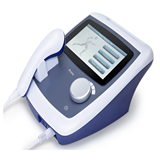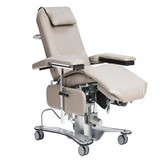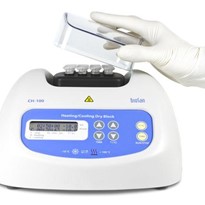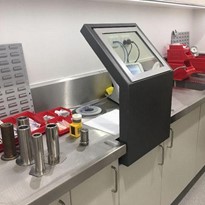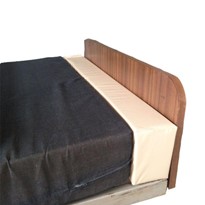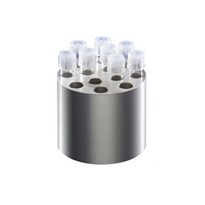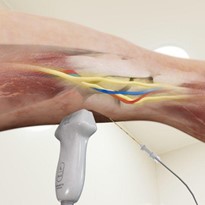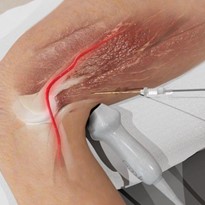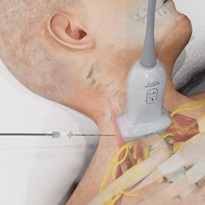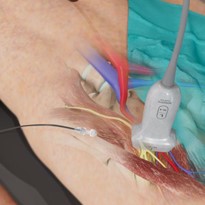The local anesthetic targets the terminal nerves of the lumbar plexus including the Femoral Nerve, the Obturator Nerve and the Accessory Obturator Nerve.
Technique:
- Begin by placing the transducer transverse at the medial border of the Anterior Superior Iliac Spine. The medial aspect of the ASIS will be visualized at this point.
- Rotate the medial edge of the probe 30-45 degrees inferiorly.
- Slide the transducer inferiorly, maintaining visualization of the pelvis to identify the Anterior Inferior Iliac Spine, the Iliopubic Eminence, the Psoas Tendon and Femoral Artery.
- Use the in-plane needle technique with a lateral to medial approach to target the injection of local anesthetic deep to the Psoas Tendon.
Patient Positioning:
Supine
Transducer:
C5-1 Curvilinear
Teaching Points:
- The PENG block is a field block of the terminal nerves to the hip. If injection is difficult deep to the psoas tendon, local anesthetic may be injected superficial to the psoas tendon.
- Tilting the ultrasound transducer caudally will allow visualization of the Femoral Head. This is useful to ensure close proximity to the hip joint.
- The PENG block may allow for easier positioning of hip fracture patients for spinal anesthetic.
- The PENG Block is often combined with the Lateral Femoral Cutaneous Nerve Block for Total Hip Arthroplasty.
- The PENG block is a “volume dependent” block.
- When using a curvilinear probe, the block needle should be inserted near the transducer using the in plane technique. This will help visualize the block needle.
- Insertion of the needle into the hip capsule may make injection difficult. The needle should be withdrawn slightly until it is easy to inject.


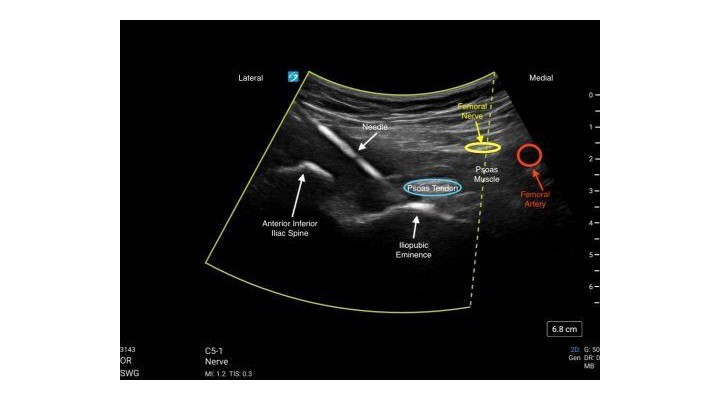
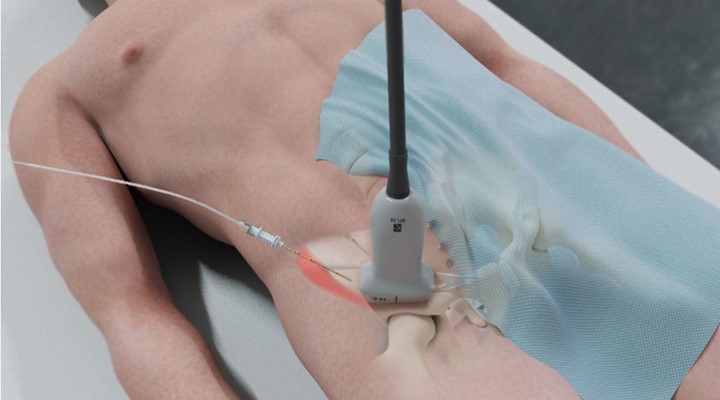




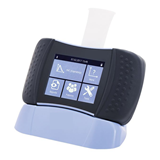






-160x160-state_article-rel-cat.png)







